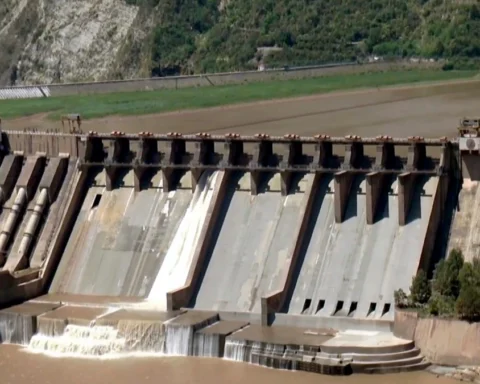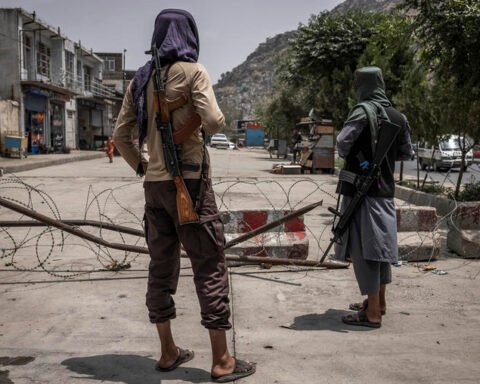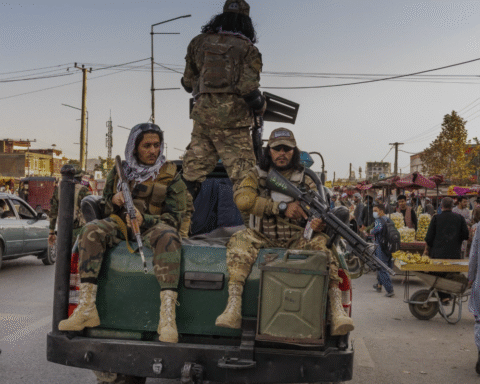India’s Strategic Hypocrisy is Fueling Both Sides of the Ukraine War
India keeps talking about “strategic autonomy” the idea that it does not have to pick sides and can deal with both East and West on its own terms. On paper, that sounds smart. In practice, it is starting to look like straight up hypocrisy. Because here is the reality. The reality is India is buying record amounts of cheap Russian crude, refining it, and then exporting diesel to Ukraine. So, the same oil that is funding Moscow’s war ends up strengthening Kyiv’s defense. This is not neutral. That is playing on both sides.
Russia India’s Bargain Basement Oil Shop
Let’s start with Moscow. By August 2025, India was importing around two million barrels of Russian crude every day. That’s nearly 40 percent of its total supply, which means Russia has basically overtaken everyone else including Saudi Arabia, Iraq etc. Just a year earlier, India was nowhere near this much dependence on Moscow’s barrels.
Besides, it is not hard to figure out why it is the case. Russian crude is cheaper, about $39 per ton less than Iraqi oil. If it is added up over the year, Indian refiners pocketed somewhere between ten and thirteen billion dollars in savings. In 2024 alone, India spent $53 billion on Russian fossil fuels.
On one hand, for a country under heavy Western sanctions, that cash is oxygen for the Kremlin. On the other hand, for India, it is affordable energy and a stronger grip on its own supply lines.
Ukraine, The Diesel Surprise
Now flip the lens to Kyiv. In August, India suddenly became Ukraine’s top diesel supplier for the second month in a row. Its share of Ukraine’s imports hit 18 percent, up from 15.5 percent in July. Moreover, deliveries jumped by more than 40 percent, hitting around 3,800 tons a day. Besides, most of it makes its way through Romania’s Danube ports or gets rerouted through Turkey.
To Ukraine, this is not only convenient, but it is essential. This is so because as European suppliers cutting back, that keeps tanks, trucks, and generators running. The twist is a lot of it comes from the same Russian crude that India bought on the cheap. Thus, Ukraine is essentially fueling its war effort with oil that originally paid into Moscow’s budget.
It’s Not Really a Balance
Now look at the scale, and it is obvious who wins. India’s trade with Russia is worth tens of billions each year. On contrary, with Ukraine, it is about millions per month. The Kremlin gets steady cash to fund the war. Ukraine gets enough fuel to keep going, but nowhere near the same magnitude.
Thus, India gets to keep its refineries busy and make money off both ends. This is not a careful balancing act. It’s lopsided.
The Excuse of Pragmatism
Whenever critics raise eyebrows, India falls back on the same line: “We have to look after our national interest. Affordable energy comes first.” Surely, this is fair to a point. No government wants to gamble with its energy security. But there is a difference between pragmatic and opportunistic measures.
Think about how it looks from each side. On one hand, Moscow sees India as a loyal customer who helps undermine Western sanctions. On the other hand, Kyiv sees India as a handy fuel partner, though one whose product is tainted by Russian origin.
What about Washington and Brussels? They see it as a supposed “strategic partner” acting like an energy trader out to maximize profits, no matter the political fallout. Thus, India is not walking a principled middle path. It is cashing in while telling the world it is above the fight.
This approach may work in the short term, but it is risky. If Washington or Brussels decide enough is enough, India could find itself facing secondary sanctions. Even if that does not happen, the reputational damage is already there. Moreover, every time India calls itself a neutral power, critics will point to the Russian oil tankers docking in its ports and the diesel cargoes sailing to Ukraine.
There is also the moral question. Ukraine is fighting for survival against an invasion. Russia is the aggressor. India’s current strategy props up both. Thus, that might look clever in spreadsheets, but it is harder to defend this on the global stage.
Strategic Autonomy or Strategic Hypocrisy?
At the end of the day, what India calls “strategic autonomy” looks more like double dealing. Moscow gets billions, Kyiv gets fuel, and India gets to pat itself on the back for navigating global politics. But the balancing act is fragile. So, short term refinery margins and cheap oil are not worth the long term cost of being seen as untrustworthy.
Besides, neutrality is not supposed to mean profiting from both sides of a war. Yet that is exactly what India is doing. If New Delhi wants to be taken seriously as a global leader, it will have to choose between being a principled neutral or a self-interested trader. Right now, the country is acting like the latter.
⚠️ Disclaimer
The views and opinions expressed in this article are exclusively those of the author and do not reflect the official stance, policies, or perspectives of the Platform.










